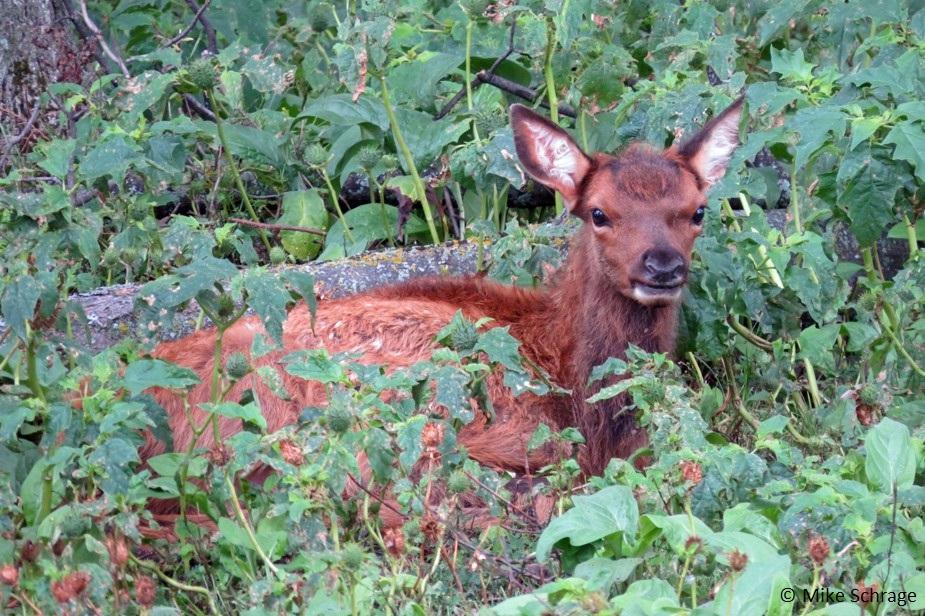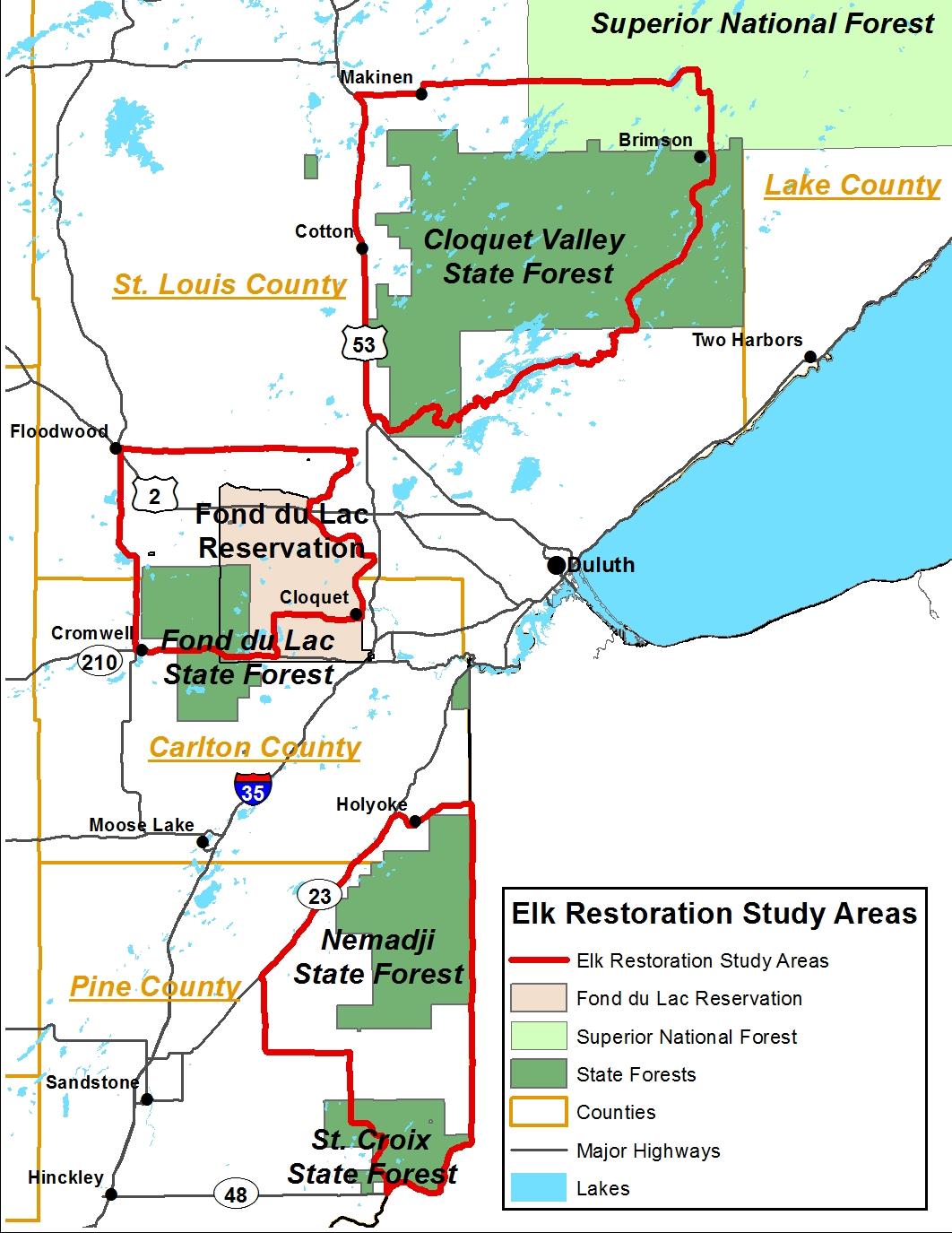Understanding the public’s attitudes and acceptance of elk and their potential impacts are key components of assessing the viability of elk restoration. Long‐term management of elk will require an adaptive impact approach in which management objectives and strategies are guided by the preferences of the impacted public. To address this need, we propose conducting surveys and workshops with local citizens.
Three important groups include: private landowners in the potential restoration zone, hunters and the larger conservation community, and the general public residing in or near the potential restoration zone. The completed target sample size for each study group will provide error estimates within 4%. We will contact potential respondents in each target population using current best practices for multi‐modal survey contact designs and probability‐based sampling approaches. Probability‐based samples are essential to allowing generalization of results back to the populations of interest. Initial contacts will be made using address‐based sampling designs and mailed paper surveys. Subsequent contacts will be made via e‐mail when possible with provision of a web‐based response.
We will use county property records to identify and randomly select landowners for inclusion in the study and augment county contact information with available e‐mail addresses to allow for direct electronic contact of respondents with e‐mail addresses. We will use Address Based Sampling (ABS) utilizing the US Postal Service’s Computerized Delivery Sequence File (or 9‐1‐1 response) addresses to randomly select individual households for participation in the study. This ABS approach provides 100% coverage of owner‐occupied and rental residential addresses and will be augmented with e‐mail contact information so that follow‐up contacts can be electronic and data collection web‐based. We will use the Minnesota Department of Natural Resource’s Electronic License System data to randomly select hunters and other conservationists for participation in the study. Up to 30% of individuals in the ELS provide an e‐mail contact, and we will append additional e‐mail addresses using commercially available services so that an e‐mail contact and web‐based survey option can be provided to those respondents who prefer electronic contact. This probability‐based sampling and multi‐modal administration strategy will help to minimize sampling, non‐coverage and response biases.
The primary objectives of the surveys will be to understand citizens’: 1) attitudes toward elk and elk restoration; 2) acceptance and tolerance of potential elk impacts; 3) preference for management objectives concerning elk restoration including elk population size and geographical distribution; and 4) preferences for management strategies to address potential conflicts with elk. Our approach for gathering social survey data will be guided by numerous studies assessing the social aspects of wildlife restoration. Based on our findings, we will develop a spatially explicit map of expected tolerance levels for a restored elk population.
We will also conduct a minimum of 6 local workshops and webinars after the social survey data have been collected and analyzed so we can better understand the public perceptions of the social survey data and ecological research from the habitat suitability study and facilitate discussion among the attendees about the research findings. The primary objectives of the workshops are to disseminate research findings and facilitate dialogue concerning the implications of the findings. We will also develop a website and use traditional and social media outlets to distribute information about the project to the public.
Schedule
|
Outcome |
Completion Date |
|
1. Design, implement and analyze data for 3 survey groups (based on up to 12,182 mailed surveys; this is the most effective method for a statistically valid survey). |
December 2017 |
| 2. Complete social acceptance map for the study area. | May 2018 |
|
3. Complete 6 public workshops / webinars (25-50 attendees expected at each). |
May 2019 |
|
4. Develop website and use traditional and social media outlets to distribute information and receive comments about the social and ecological survey results. |
June 2019 |

